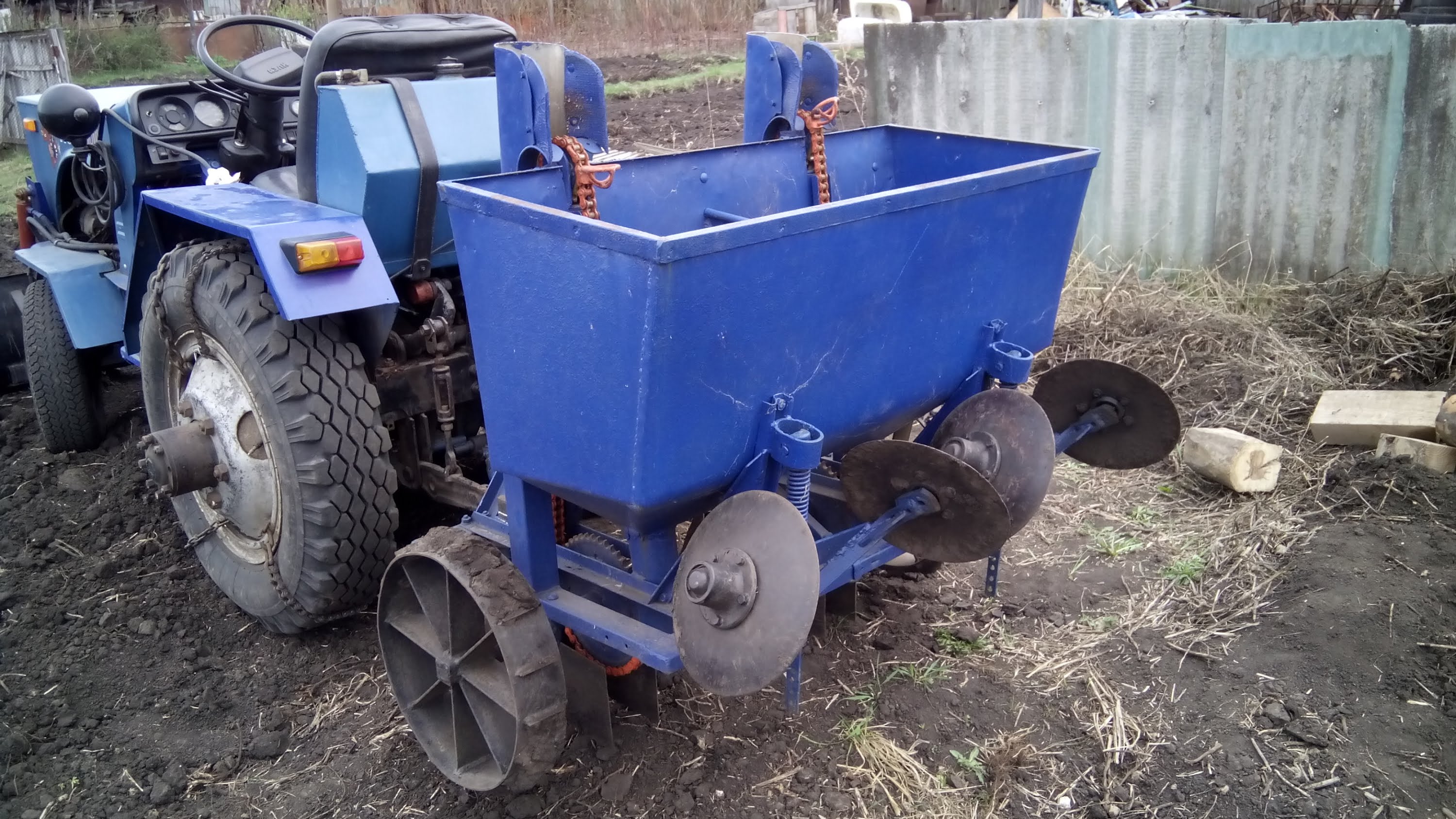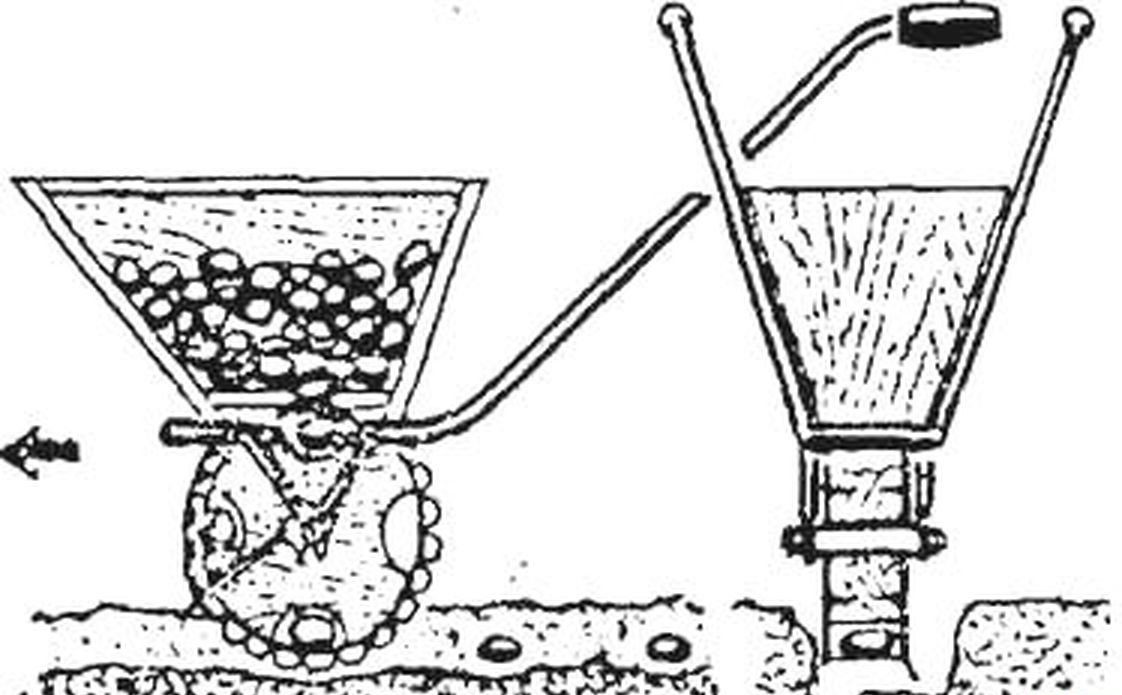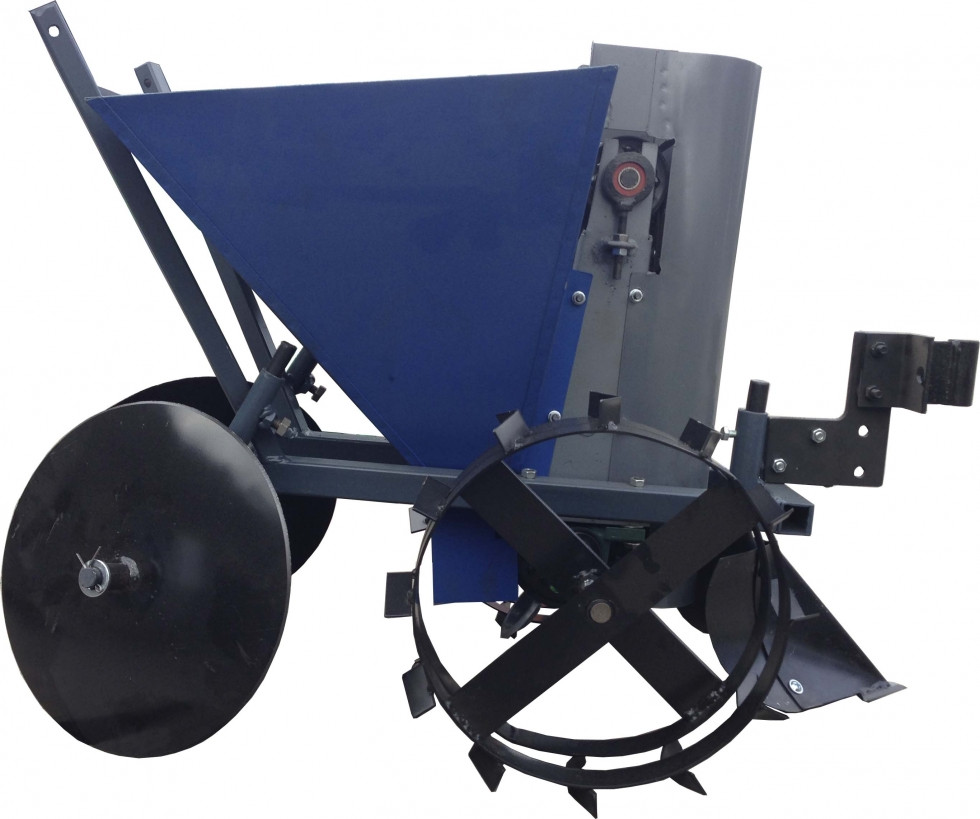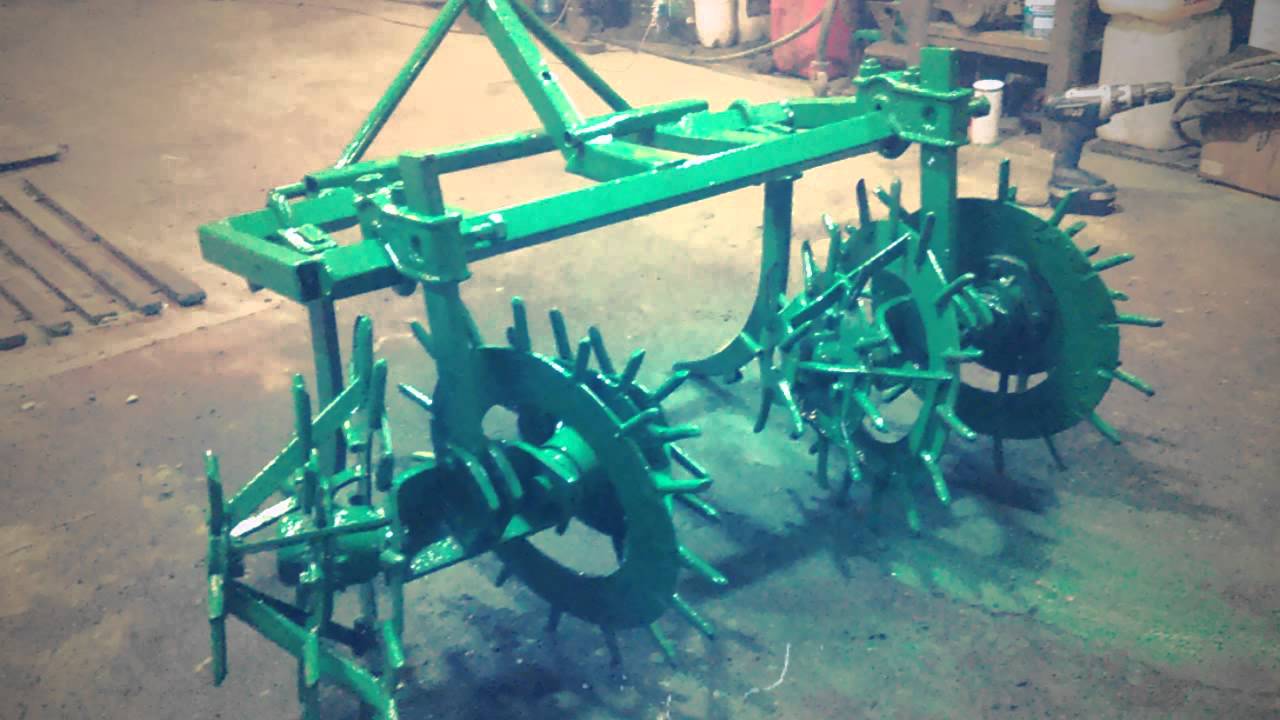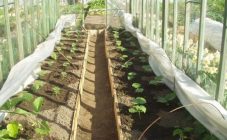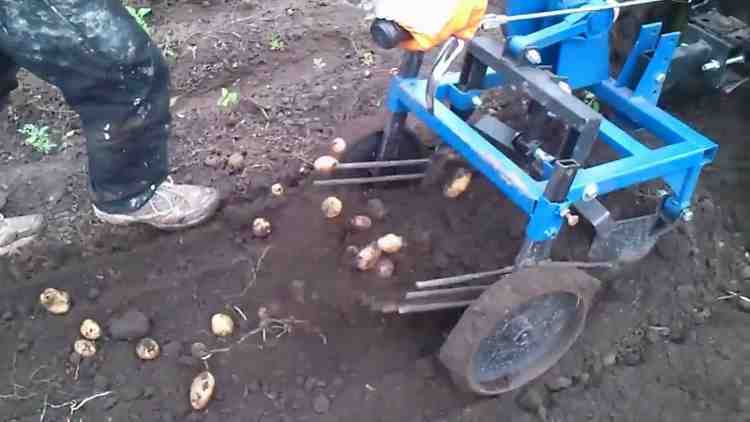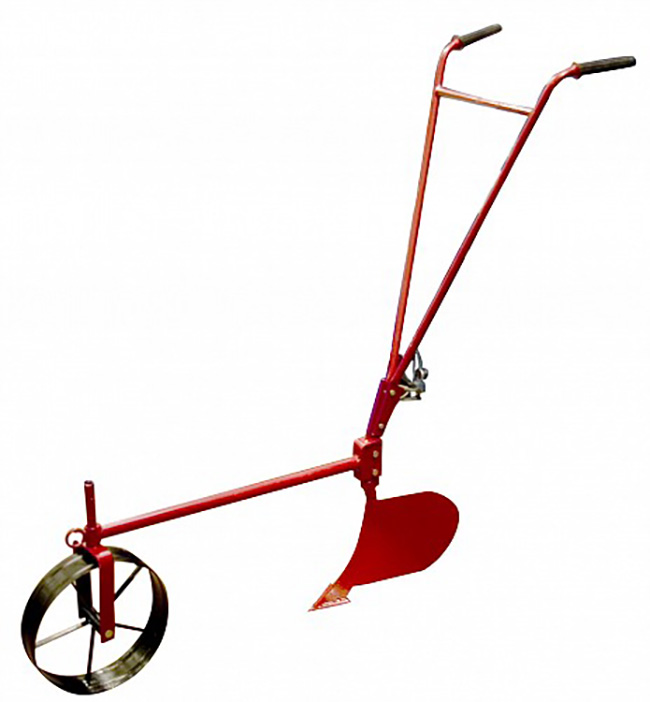Content:
Planting potatoes requires significant labor. On small plots, manual labor is usually used, and the main gardening tool is a garden shovel. If you want to plant potatoes on an area of more than 1 hectare, then in this case it is recommended to use a special potato planter.
What is a potato planter for?
The manual potato planter is intended for processing small sowing plots and is designed to greatly simplify the hard work of the farmer.
It is easy to calculate that in order to prepare a land plot of 10 acres and plant potatoes on it, gardeners literally have to shovel almost 15 tons of earth mass. All family members are involved in planting work, precious weekends and vacations are wasted. Therefore, many are thinking about using various methods of mechanizing this laborious process. The simplest solution to this difficult problem would be to use a homemade potato planter, an analogue of the brand name of which you can buy in a store or do it yourself. The potato planter can be manual or automatic.
The feasibility of using these tools depends on the intended planting area of seed potato material. With the help of the simplest manual device, a sample of which can often be seen in the picture, you can plant potatoes on a small plot of land, a vegetable garden or a summer cottage. For areas of a sown field of 1 hectare, the best solution is the use of a planter for walk-behind tractors. In the first case, manual labor is still involved for planting, in the second case, the sowing process is much simplified, since all the heavy manual labor is performed by a walk-behind tractor.
How to make a manual potato planter
The potato planter is a trailed device that, as an additional equipment, is attached to a Neva walk-behind tractor or a mini-tractor.
Before starting work, it is recommended to draw a sketch or draw up a drawing of a future model of a homemade planter. As an example, you can consider a drawing with dimensions for self-design and assembly of a hitch to a walk-behind tractor. A good "helper" for the farmer during the planting period will be a two-row planter, which is used as a hitch to the walk-behind tractor. Various types of two-row planters are presented for sale by trade organizations for the sale of agricultural machinery in Moscow and other large cities, however, factory mechanisms have an important drawback - a high price.
Therefore, it is worth thinking about how to make a potato planter yourself. Home craftsmen can independently make a potato planter with their own hands from scrap materials that can always be found in a home workshop or garage. There are many options for the implementation of this simple device. A do-it-yourself potato planter can have a different design.
If the planter model is lightweight, in this case it can work with a mini tractor or walk-behind tractor with low power. When using MTZ-320, the used traction power should be 0.6. In order to prevent the towed equipment from lifting when immersed in the ground, it is recommended to calculate the front and rear counterweight.
As an example, you can familiarize yourself with a do-it-yourself two-row potato planter, in detail in detail:
- First, the necessary materials are procured: a corner made of metal, drying oil, plywood sheets, channel bars, water-based paint, steel fittings, rubber and felt gaskets, bolts with nuts and a thin steel sheet;
- You will need tools: a 220 W welding machine, a Bulgarian, a locksmith tool.
Sequence of planting work:
- First, a support frame is made from channel No. 8 with three cross members;
- Special metal arches with fixed forks are welded to the transverse rods;
- The bunker is made of plywood sheets. For a hand-made, hand-made potato planter, the volume of the loading device can be up to 190 liters. Plywood parts are framed with a metal corner;
- The assembled bunker is treated with linseed oil and painted with water-based paint;
- In order to prevent damage to seed potatoes when planting, a shock-absorbing rubber pad is inserted into the hopper;
- In the next step in assembling the potato planter, the soil cultivator holder and the axle for the wheel are attached to the frame.
The manufacture of a wheel axle has several nuances: you need to take a thick-walled pipe made of steel or cast iron and insert spikes or special trunnions at the end, which are turned on a lathe or bought in a store. A hole must be drilled in the pipe to install the stud holding the cleats. After the complete assembly of the structure, the inserted pin is welded by electric arc welding. It remains to attach the wheels with steel clamps and M 16 bolts.
The do-it-yourself potato planter is equipped with a seating area and a support leg rest.
How a potato planter works
The principle of the planter is the simplest:
- To supply potatoes from the hopper, a chain transmission equipped with metal cups is provided;
- The potatoes are mechanically captured by the cups and fed into the prepared well;
- The frame of the walk-behind tractor is equipped with a plow from below, which prepares a furrow in the soil;
- On the lower beveled edge, there is a sliding special valve with automatic opening at the moment the potatoes are lowered into the hole at a given depth;
- A flat stopper welded at a short distance from the plow edge is responsible for creating the required planting depth;
- With the help of the limiter, it is convenient to stick the planter into the ground, periodically pressing on the limiter with your foot;
- The potato planter has an open top edge. On it, you can fix an additional container with planting tubers and install a potato feed dispenser.
The assembled do-it-yourself potato planter can work as a manual device or in automatic mode. The use of this self-made unit allows an even distribution of planting materials in the soil, which contributes to an increase in the quality and quantity of the crop. A potato planter can not only plant tubers in the ground, but also simultaneously supply mineral fertilizer to the hole. In the planter, you can preset the required size of the formation of the planting furrows. It is best if there is a minimum distance of 20 cm between the holes, and the distance between the rows is up to 70 cm.Then you get the same and even rows, which makes it possible to safely weed and loosen the soil with a small tractor.
